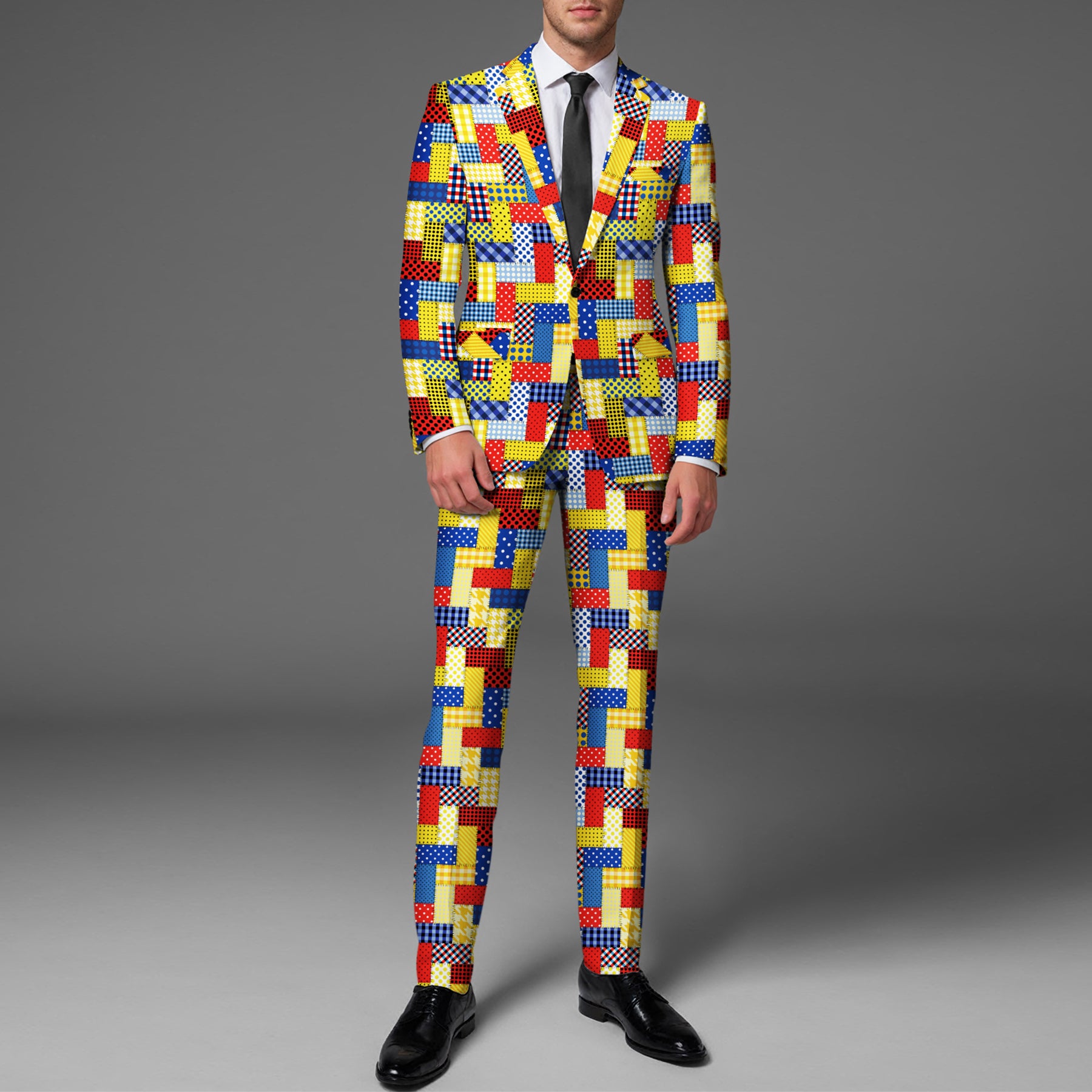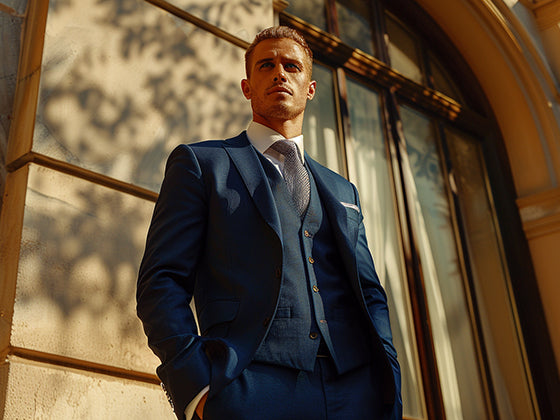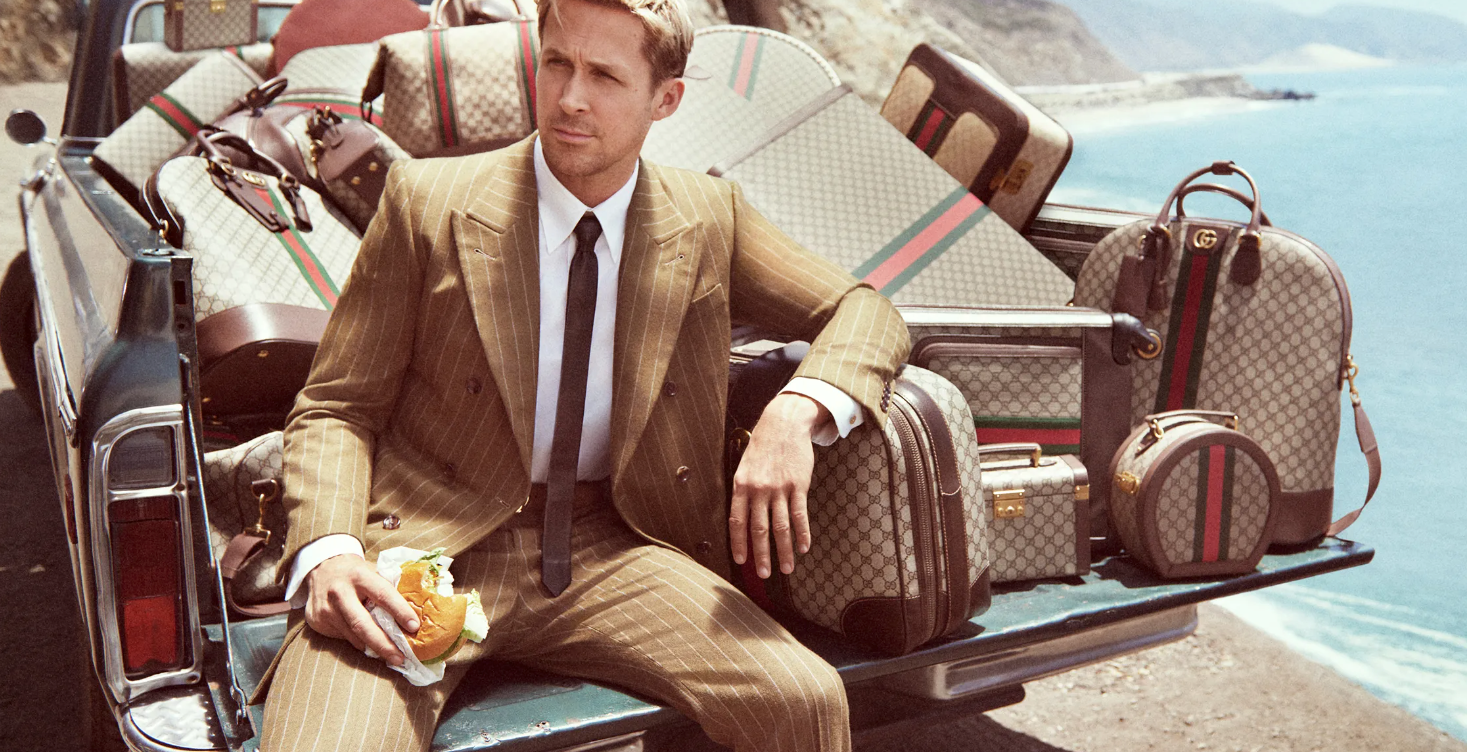
What was to become of Daniel Lee? After three years at the helm of Bottega Veneta, the British wunderkind had reversed the fortunes of one of Italy’s more traditional fashion houses. It was no longer just a luxury leather brand for those with year-round access to the first class lounge. It was hypey. It was in-demand. It challenged the orthodoxy of fashion by hosting shows not in Milan, but in Detroit, and in the bowels of Berlin’s techno mecca, the Berghain.
The newly-converted clamoured for cult items like padded sandals in the new signature shade of toxic green and the crossbody cassette bag that supersized the house’s famous ‘intrecciato’ leather weave into something fun, cushiony and covetable – a fitting illustration of the Lee administration if there ever was one. And it came to an end in November 2021. The brand’s parent company Kering released a joint statement to announce Lee’s departure. The reasons were largely unclear. The industrial creative director complex rumbles on.
This morning, Lee’s next move was made public. Just days after a London swansong show that saw Stormzy, Daniel Kaluuya and Kanye take to the pews, Burberry announced that the 36-year-old was to replace Riccardo Tisci as chief creative officer, effective almost immediately. These are big shoes to fill. The accomplished Italian spent 12 years at Givenchy before taking on Burberry. Revenue increased by 21 per cent to an eye-watering £2.83 billion – the biggest surge the company had seen in five years. Tisci’s youth culture-led upheaval was working.
The palace intrigue of fashion remains. Few are privy to the machinations of top brass, and fewer still can explain why many creative directors move on. But if Burberry wants change, then Lee is the change candidate. Where Tisci is a designer that borders on household name territory, the incoming Brit still holds the luxury of unfamiliarity, of insurgency. Nobody could’ve predicted the remoulding of Bottega Veneta as a hype label, as a go-to of A$AP Rocky, and Rihanna, and Lil Kim. There was a notable increase in sales, too – unthinkable at a time when 23 per cent of the luxury market was cleaved away by lockdown.
At Burberry, Tisci made sense. The designer has earned his stripes. He was a natural fit for a fashion house that traffics in prestige and lineage. His Burberry paid its respect to that past. A forgotten, archived house monogram found new life in prints and leathers. The ‘TB’ initials, revitalised in homage to founder Thomas Burberry, landed on loafers, on bags, on belt buckles. It has a fandom. But that sort of heritage is only one English Channel away from Bottega Veneta. Like its Italian counterpart, there is a history, so deep and sprawling that it may sometimes sway its chief designer from taking too bold a risk. But whether at Bottega Veneta, or Burberry, there’s little risk of that with Lee.











